Radiofrequency Ablation (RFA)
Radiofrequency ablation (RFA), is also known as radiofrequency neurotomy or rhizotomy. It is a non-surgical procedure in which radiofrequency waves are delivered to certain SENSORY nerves and heat up a small area of nerve tissue to interrupt pain signals to the brain. With RFA there is no need for steroid or cortisone injections, making it ideal for patients with high blood pressure and diabetes.
What Conditions Can Radiofrequency Ablation Treat?
Radiofrequency ablation can help a wide variety of health conditions that have to do with nerve pain. Knee pain, neck pain, back pain, sacroiliac joint pain and hip pain are just a few of the most common conditions.
This type of treatment works well for patients who suffer from long-term, chronic pain caused by an old injury or a progressive health condition like fibromyalgia, arthritis, or neuropathy.
RFA can treat pain from the facet joints and sacroiliac joints, which can contribute to pain in the neck or lower back. Facet joints are pairs of joints at each vertebral level on both sides of the spine. Two medial branch nerves carry pain signals away from each facet joint to the spine and brain. The sacroiliac joints are at the lowest part of the spine, between the sacrum and ilium on both sides of the pelvis. The dimples, above the buttocks, are near or at the level of the sacroiliac joints. The sacroiliac joints, like the facet joints, are supplied by nerves that carry pain signals to the spine and brain.
(article continues below the video)
(continued article text)
What is Genicular Nerve Ablation?
Genicular nerve radiofrequency ablation is a newer, innovative option for treating knee pain without surgery.
The genicular nerves are the nerves that provide sensation and pain into the knee joint. There are typically 3 branches targeted with genicular nerve block – the superior medial, the superior lateral, and the interior medial genicular nerves.
This procedure is used for a variety of conditions including:
Osteoarthritis (OA)
Chronic Knee Pain
Degenerative Joint Disease
Total Knee Replacement (before or after)
Partial Knee Replacement (before or after)
Patients unfit for knee replacement
Patients who want to avoid a knee replacement
Procedure
RFA is a procedure that does not require general or intravenous anesthesia. The skin, around the area to be treated, is numbed with a local anesthetic.
The doctor will then use X-ray guidance (fluoroscopy) to direct a radiofrequency needle alongside the targeted nerves. To confirm the proper position of the needle, a little electrical current is passed through a probe placed in the needle to the nerve being targeted.
Once proper position is confirmed, more local anesthetic is injected into the area where the RFA will be performed. For most patients, the procedure is painless or produces a mild warm sensation.
The procedure may take 30 to 45 minutes depending on the location site and number of nerves treated.
(article continues below the video)
(continued article text)
Post-Procedure
The radiofrequency ablation treatment is a relatively safe and low-risk procedure. However, some people may experience certain side effects and/or complications from this treatment. It is advised to discuss the potential risk of developing any adverse reactions or side effects of RFA with a doctor prior to this treatment.
Although results vary, RFA may provide effective pain relief for three to 12 months. Often the nerve will regenerate over time, and the pain may return. RFA can be repeated if the pain returns.
Patients may engage in regular activities but should let pain levels be their guide for the first few days. Since many patients have been de-conditioned over many months or years as a result of their pain, physicians might prescribe a guided physical therapy regimen to allow them to increase their strength and activity tolerance in a safe manner.
Tania Faruque MD is the medical director of Palomar Spine & Pain, in Escondido, CA (North San Diego County).
